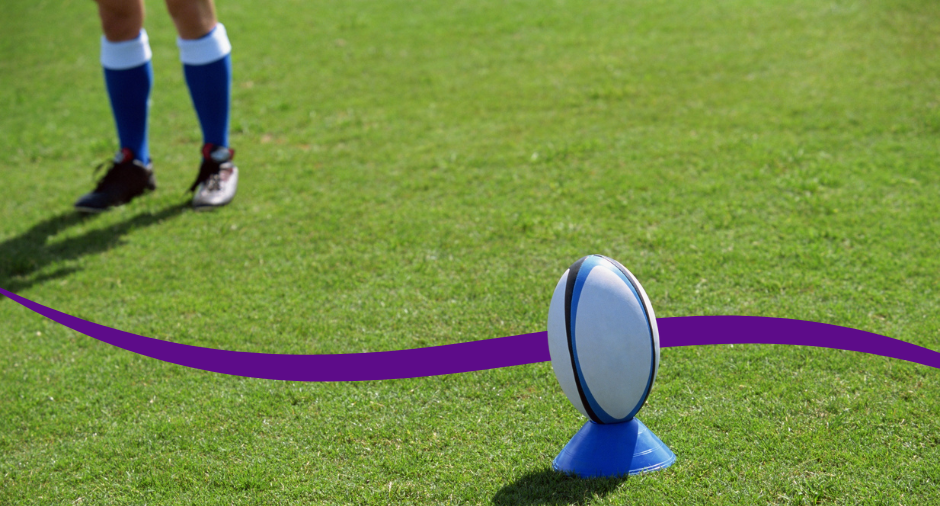

Across our Brisbane and Newmarket Clinics, it’s not uncommon to encounter several patients each week with persistent or unexplained
foot pain, only to discover that at least in part, one of the root causes isn’t in the foot at all. Instead, the issue often lies
higher up the chain, in the lumbar spine or pelvis. This connection between back pain and foot pain is surprisingly common, yet frequently
misdiagnosed or overlooked - so we’ve shared some more about it here. If you have any questions - reach out to our clinic directly.
The spinal cord is the body’s central highway for nerve signals. Branching off from the lower spine, particularly the lumbar and
sacral segments, are spinal nerves that supply sensation and motor control to the lower limbs and feet. These include the sciatic nerve
(which travels all the way to the foot), as well as other nerves like the tibial, peroneal, and sural nerves.
When there is compression, irritation, or inflammation of these nerves near the spine, the signal can become disrupted. The result? Referred pain, altered sensation, or muscle weakness that is felt further along the nerve pathway - including the feet. This phenomenon is called radiculopathy, which refers to nerve root irritation. In the lower spine, it’s often referred to as lumbosacral radiculopathy, and it can manifest in a number of ways in the lower legs and feet.
Before we list the causes, it’s important to know that if you’re concerned your foot pain may linked to problems with your back, it is absolutely imperative that you go see a health professional for a formal diagnosis. This is the only way to ensure that the care and treatment you receive is accurate, effective, targeted and timely. Some causes of back-related foot pain we see include:
Sciatica occurs when the sciatic nerve is compressed or irritated. This nerve is the largest in the body and
originates from the L4-S3 spinal nerve roots. When compressed, it can cause pain, tingling, numbness, or weakness anywhere along its
pathway, including the foot. Sciatica is often caused by disc herniation, spinal stenosis, or piriformis syndrome.
A common cause of nerve compression, particularly in the L4, L5, and S1 regions, herniated discs can lead to pain that radiates down the
leg and into the foot. Depending on which nerve root is affected, different parts of the foot may be impacted. For example, L5
radiculopathy often affects the top of the foot and toes, while S1 may cause pain in the heel and sole.
Spinal stenosis is the narrowing of the spaces within your spine, which can put pressure on the spinal cord and nerves. Lumbar spinal
stenosis is a common cause of lower limb pain in older adults, and symptoms often worsen with standing or walking (neurogenic
claudication).
When a vertebra slips forward over the one below it, it can compress nerve roots. This can lead to symptoms of lower
limb radiculopathy, including foot pain, tingling, or weakness.
Chronic degeneration from aging or osteoarthritis can reduce disc height, create bone spurs, and narrow the spinal canal or foramina, contributing to nerve compression and referred foot symptoms.
Inflammation in the sacroiliac joints or lower spine can irritate nearby nerve structures, leading to referred leg and foot pain. These
cases may also involve stiffness, fatigue, and systemic symptoms.
Not all referred foot pain starts in the spine. Often, chronic back pain alters the way a person moves, walks, and loads their body. This leads to:
Over time, this compensation can cause pain and overload in the feet — even if the spinal nerves themselves are not involved. This is especially common in:
These changes may lead to mechanical foot issues such as:
This means that patients with chronic or recurrent back pain may still develop secondary foot pain, even without nerve symptoms.
Here are some signs your foot pain may have a spinal origin:
By contrast, local foot injuries tend to cause isolated pain in specific structures (e.g. heel, arch, forefoot) and respond to targeted treatment.
Spinal causes of foot pain are frequently overlooked because:
At our clinic, we’re trained to assess neurological involvement during your biomechanical and podiatric examination. We look at:
If we suspect your foot pain originates in the spine, we’ll liaise with your GP, physiotherapist, or specialist to ensure further investigation and referral for imaging where appropriate.
Misdiagnosing nerve-related foot pain as a local foot issue can lead to ineffective treatments and delayed recovery. At our clinic, we often work with patients who have seen multiple practitioners without resolution — only to find that the root cause lies in spinal or nerve dysfunction. When we suspect a spinal origin, we may:
Even if the source of foot pain originates in the spine, podiatry plays a valuable role in relieving symptoms, improving comfort, and restoring mobility. Our approach may include:
We also help manage secondary foot symptoms that may result from altered gait due to chronic back pain, ensuring the entire kinetic chain is supported. Our goal is to help you feel better and move better — whether the problem is in your foot, your back, or somewhere in between.
Book your appointment with our podiatry team online here or call us on (07) 3356 3579.
| Monday | 7:40am - 6:00pm |
| Tuesday | 7:40am - 6:00pm |
| Wednesday | 7:40am - 6:00pm |
| Thursday |
7:40am - 6:00pm |
| Friday | 7:40am - 2:00pm |
| Saturday | CLOSED |
| Sunday | CLOSED |
Ground Floor, 344 Queen Street,
Brisbane City QLD 4000
| Monday | 7:40am - 6:00pm |
| Tuesday | 7:40am - 6:00pm |
| Wednesday | 7:40am - 6:00pm |
| Thursday |
7:40am - 6:30pm |
| Friday | 7:40am - 5:00pm |
| Saturday | 7:40am - 4:30pm |
| Sunday | CLOSED |
Newmarket Village, 114/400 Newmarket Rd, Newmarket QLD 4051